Falling in love with the Mavericks of the sky.
There comes a time in most boys’ lives where they want to be just like their father. I can’t recall the thousands of times this held true when I was growing up; in a way, they all just blended together. I knew my father could ball on the hardwood. When he’d come home from work he’d put on a clinic in the driveway with shots raining down like artillery rounds from varying distances and arcing trajectories. He’d embellish so far as to even make the whistling sound of them coming down.
The irony of his barrage is that it never ended in a thunderous clang off the hoop. Instead, it was the subtle, muffled swoosh from the nylon – in most instances the ball barely even touched nylon that because it so perfectly made its mark. It was a daily summer spectacle of total annihilation. The bombardment inevitably would register another H-O-R-S-E on my end, which would chime the bell for him to mercifully extend an olive branch, “Let’s grill up some dinner.”
As we made our way through the garage, I’d toss my basketball in a bin full of assorted worn down balls that had been my driveway demise from him in summer’s past. There was something that always caught my attention as I’d turn around to shut the door to the garage. I’d always look up.
Laying up in the rafters were his decoys. They weren’t just the standard a sack or two of G&H or Herter mallards that 99% of the old school duck hunters have. No doubt, he had those, but there were others up there. Strange ones, I might add – most of which were of birds I’ve only seen beautifully mounted by him and put on display in his man cave in the basement.
They were divers. A super spread of them as we call it: sacks upon sacks upon sacks of bluebills and redheads.
Eventually, when I came of age, I finally was able to join him in the marsh. But our decoy spreads never deployed his Bills and Reds; he sold his duck boat years prior and upgraded to a fishing boat. Thus a diver hunt on the “big water” was never in the cards. Instead, it was with his mallards and geese. It made sense since our primary hunting grounds housed dabblers and hosts of geese. That never stopped my pops from ever taking all of us in the blind with him for a troll down memory lane chalked full of diver hunt lore. It was in those moments that took me back to those sacks of divers resting up in the rafters of the garage. Imagination would sink in of the jaw dropping flocks they enticed within gun range “back in the day”.
Over the years, I had my fill of the ever-wise mallard flights that would incessantly circle the decoy spread on whistling wings of weariness – inspecting it from every angle to make sure all was safe and sound. Even more challenging was coaxing in flocks of bombers (Canada Geese), yet I have sweet-talked them down on cupped wing. But what of divers?

It wasn’t until I was out of high school when I finally had the opportunity to get out on the big water to experience the enchantment of divers that I always dreamed about. Fortunately, my buddy Jake just got a duck boat, so, in due fashion, we needed to break the “Sea King” in. Getting permission from the old man to borrow his super spread of divers wasn’t an issue – he suggested it! Needless to say, a haze of excitement gripped me when we both took down all the sacks from the rafters.
No more pretty mallards!
Instead, the sacks were full of decoys blacked, white, and Reds all over. “Just as different as these Bills and Reds are from what you’re used to, so your spread should be…use long lines…lines are the answer…lines will pull them in close,” Pops instructed. He later drew it out for me. I chuckled at the odd sight of its formation; the logic just didn’t make sense that it possibly could work considering that some of the decoys were far out of gun range – like 100 yards out kind of craziness. But if that spread strategy worked for the countless hunts he’d share in story-form with me, they surely must be worth trying.
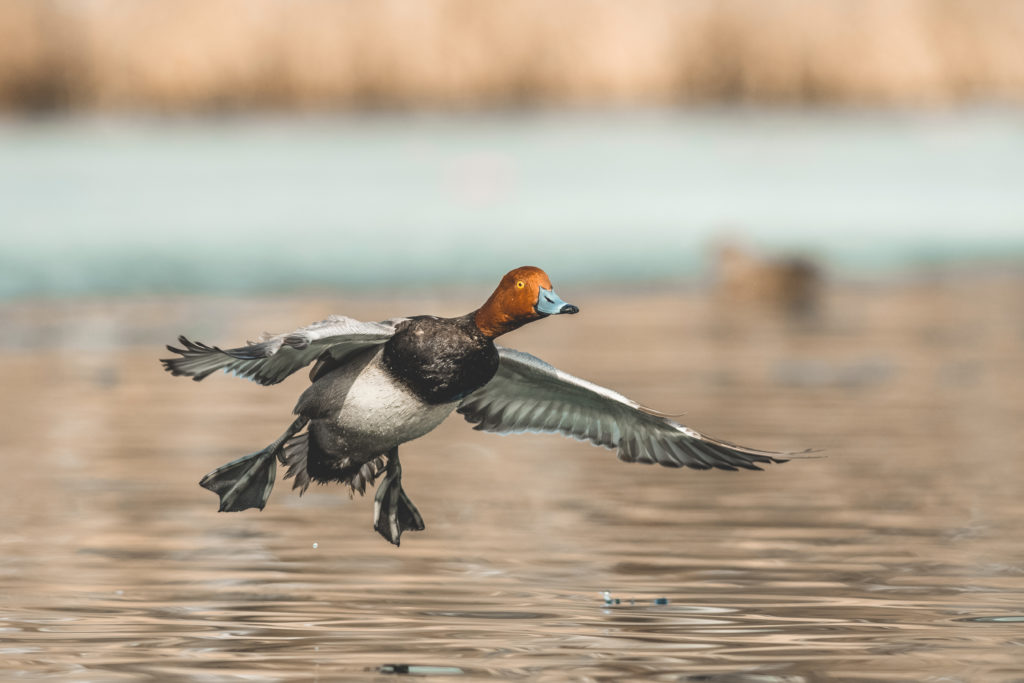
Anyway, I didn’t get much sleep that night; suffering from chronic DHR (duck hunter restlessness) as thoughts of divers zipped back and forth in my head. Eventually, the alarm bell tolled and I jumped out of bed to meet up with the boys. When I ran it by them the on the ride out to the lake, they scoffed. “Divers are dumb…they’ll come into smarter species (dabblers),” they reckoned. Majority ruled with the dabbler setup. We harvested exactly how it played out:
One lone hen mallard…
We saw the flocks the old man had described in his stories from yesteryear, but they never gave our spread a sniff. After a couple more of these hunts, the majority kept at it: deploying the same U and J shaped spreads we had used prior. I was fed up by those ineffective hunts and spoke up against the majority. None of us had any diver experience beyond those unsuccessful hunts. Why not give the tried and true methods my old man used back in the day a chance? The majority obliged, “Just this time.”
We shot birds that morning. Even more than that, though, I got my first taste of a diver flock working a spread. It’s a sight to behold.
The waterfowl world is like going to an airshow. Geese would be your loud, reverberating bombers. Dabblers would be your pretty, acrobatic WWII airplanes. Divers would be your sonic booming fighters. To put it in perspective, the Blue Angels display the sight perfectly HERE; you’ll be gazing intently on a slowly passing (almost hovering) flock of geese or dabblers only to get your hat and blind blown off by divers – yeah they even sound like that. They’re the Mavericks of the sky with the same smooth, brash approach. Clearly there’s a reason why fighters are the main event at an airshow. Clearly there’s a reason why divers are the main event (for me) in the duck blind.
You can raise a stink all you want about how they taste. Side by side I can’t really determine the difference (see my post on brining) – my non-hunting friends preferred harlequin and buffleheads over wigeon and mallards when I cooked a wild game feast for them.
Try to defend yourself by saying they eat only the sh** on the bottom of the swamp. Then continue that mallards and other dabblers are corn fed (feeding primarily in agricultural fields). Yeah, they eat corn alright; I’ve seen their crops full of crushed corn. That crushed corn, though, was laced with cow manure that farmers scatter as fertilizer for their fields. So, yeah, divers may eat the fish, crustaceans, weeds, and seeds underwater, but they sure as heck don’t eat the stanky stuff dabblers do!
Last modified: July 19, 2022


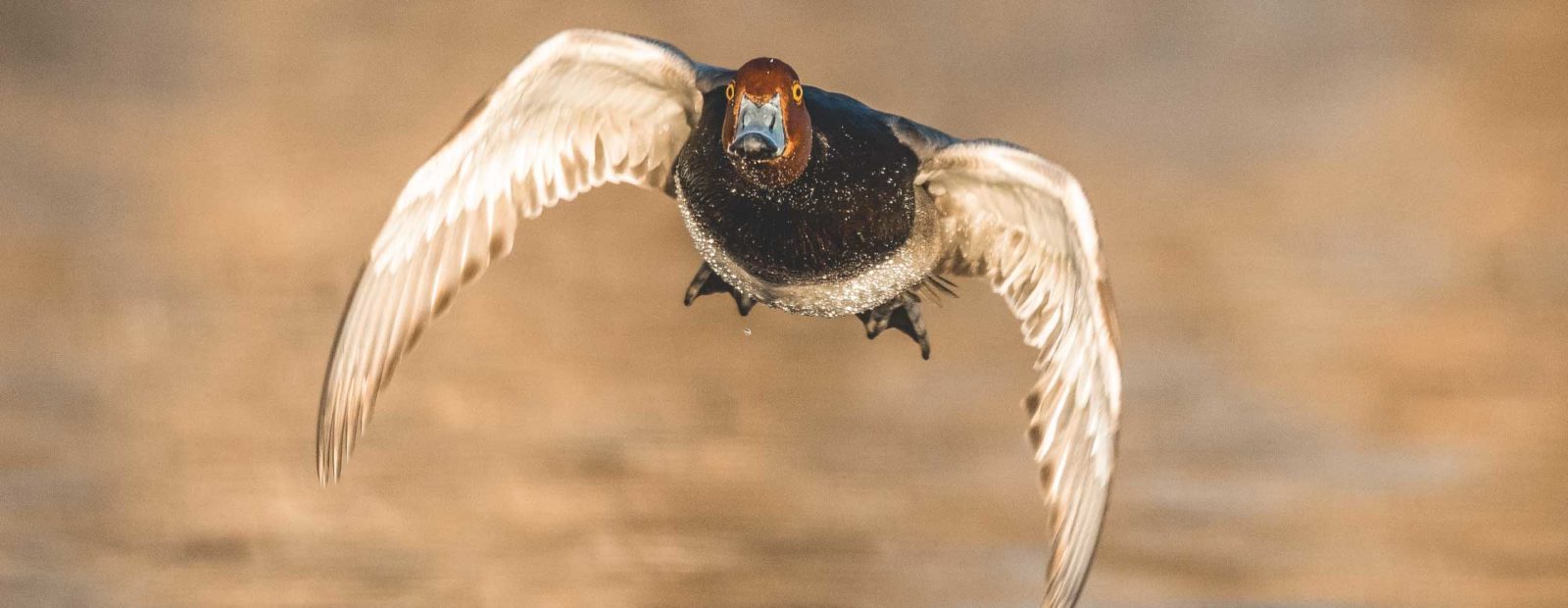


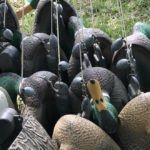
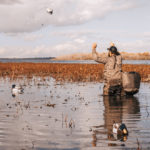


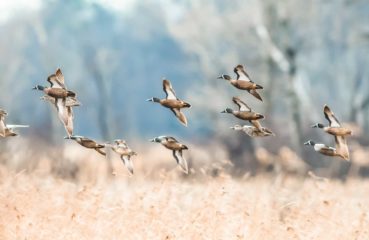




Great article as usual. And that band is coming this year for you.
not many of us left, young fella, keep at it.